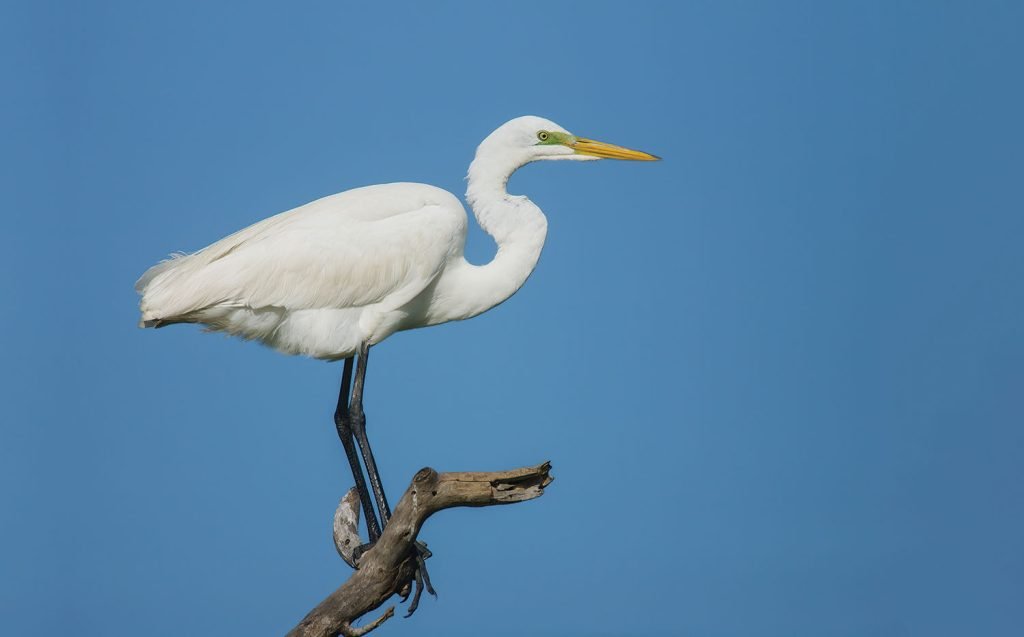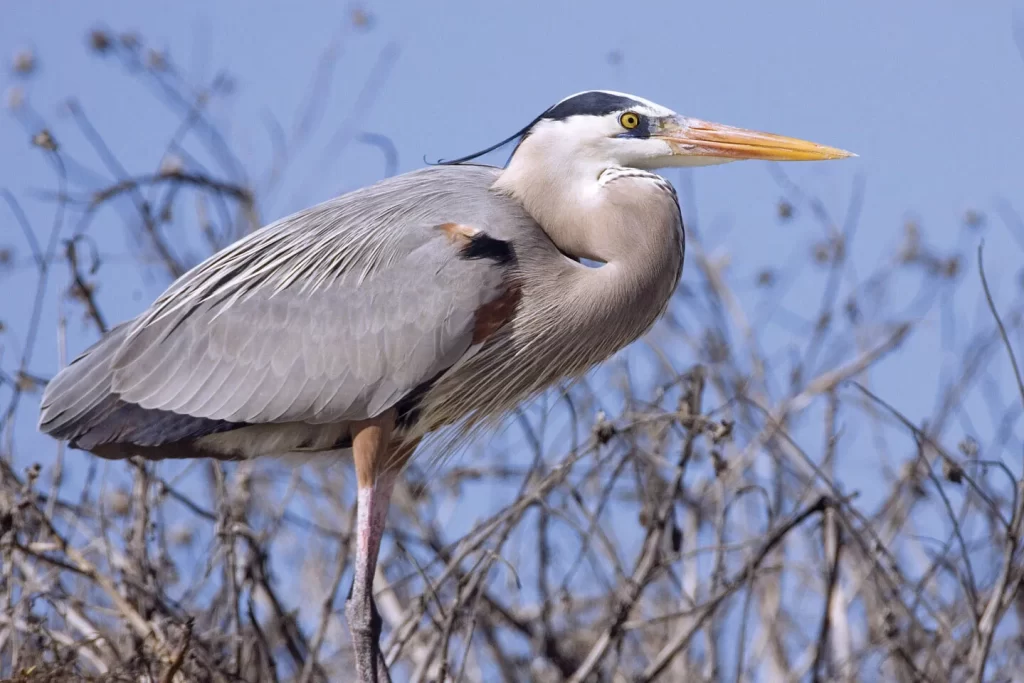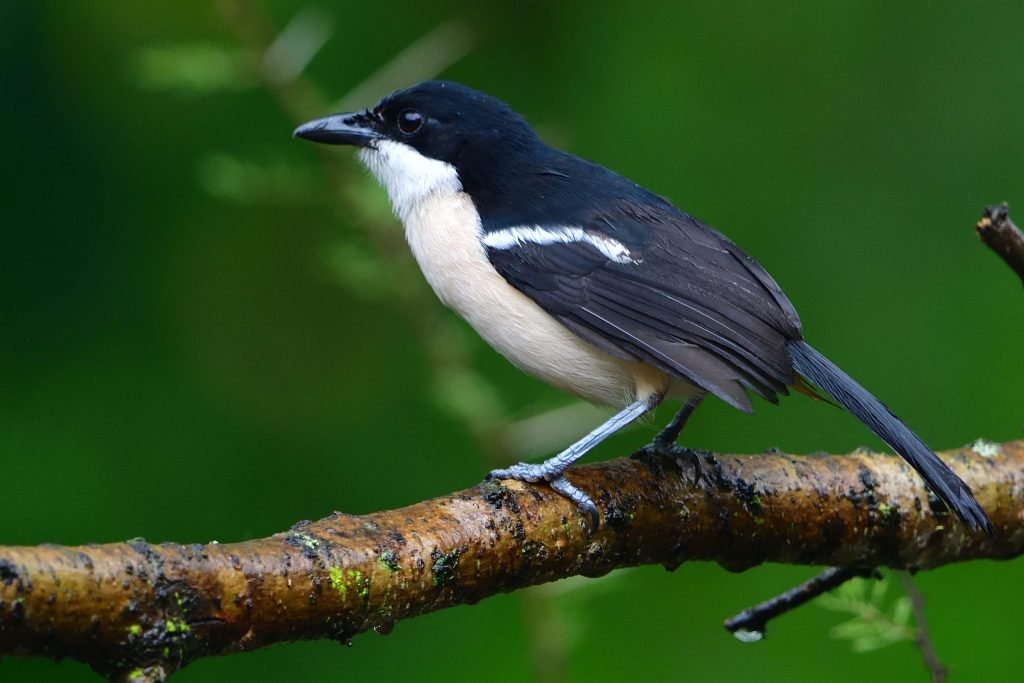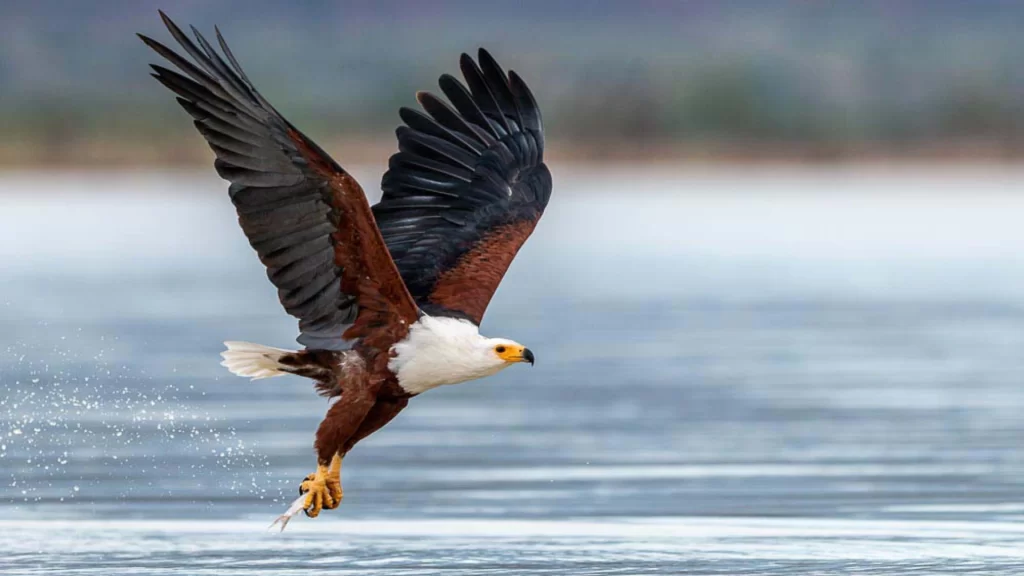Mount Meru, a magnificent dormant stratovolcano, stands proudly. It is Tanzania’s second-highest mountain. Indeed, many travelers often ask, “Where is Mount Meru located?” It dominates Arusha National Park in northeastern Tanzania. The mountain provides a stunning backdrop to Arusha City. Rising to an impressive height of 4,566 meters (14,990 feet), it offers a challenging but rewarding trekking experience. Furthermore, its diverse ecosystems are remarkable. These range from dense rainforests to alpine deserts. Any climb here becomes a journey through varied natural beauty. This peak serves as an excellent acclimatization climb. It prepares those planning to tackle Mount Kilimanjaro.
A Rewarding Trekking Experience
What makes a trek up this volcano so appealing? Primarily, it provides an authentic wilderness adventure. It sees fewer crowds compared to Kilimanjaro. The typical Mount Meru climb takes three to four days. It guides trekkers through lush forests and open moorlands. You also cross rocky ridges. During the ascent, climbers encounter diverse wildlife. For instance, spot buffalo, giraffes, zebras, and various antelope species. This makes the trekking experience a unique blend of mountaineering and safari within Arusha National Park. Moreover, the final ascent to Socialist Peak, its summit, offers a thrilling challenge. The panoramic views from the top are spectacular. You see the vast plains of Arusha National Park. The shimmering Momella Lakes are visible. On clear days, the majestic Mount Kilimanjaro appears in the distance.
Planning Your Mount Meru Adventure
Planning your adventure to this prominent peak requires careful preparation. Firstly, engaging a reputable tour operator is crucial. This ensures safety, logistics, and guidance by armed rangers through wildlife areas. Secondly, adequate physical fitness is essential. The climb is steep and demanding. Therefore, climbers should prepare with regular hiking. The best time for a Mount Meru climb usually coincides with the dry seasons. These run from July to October and January to February. Trails are clearer then. Ultimately, a trek up Mount Meru provides incredible physical achievement. It also offers an unforgettable immersion into Tanzania stunning natural landscapes. It stands as a fantastic standalone trek. Or, it is a perfect precursor to higher climbs.




















